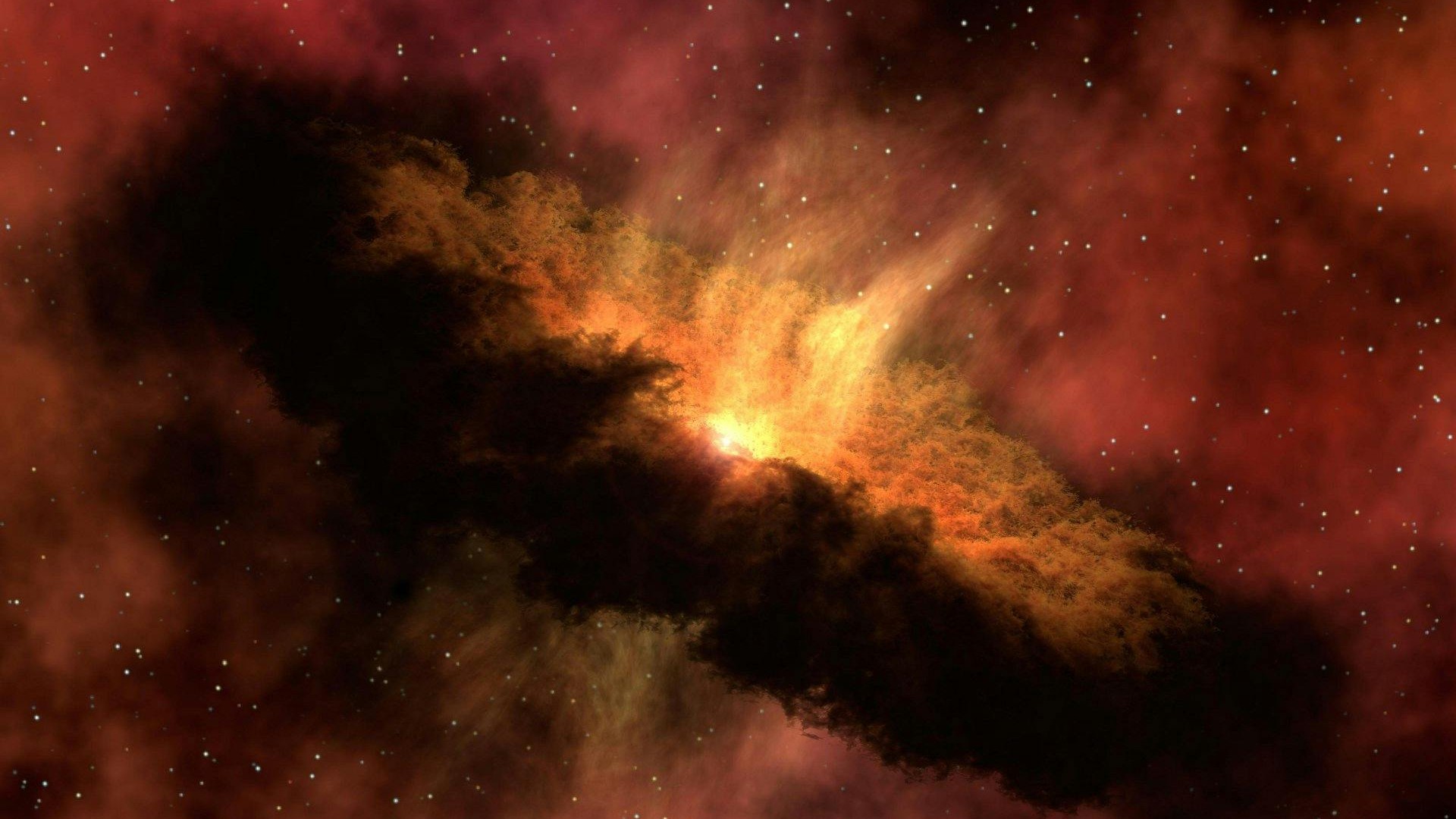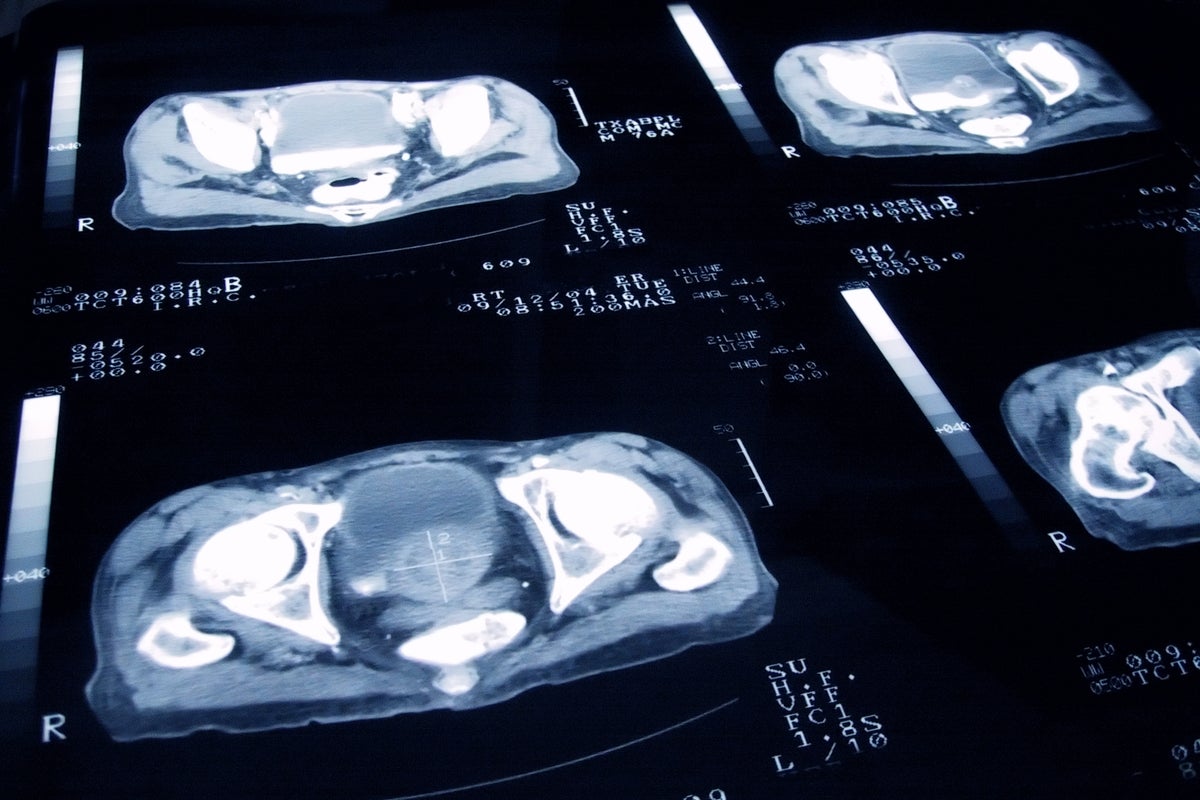Advancements in quantum computing are set to take a significant leap forward following research that enhances the reliability of quantum systems through improved error correction techniques. The study, led by physicist Yu Guo and published in 2025, focuses on quantum error correction codes that protect quantum information from decoherence and noise, both of which are critical challenges in the development of robust quantum algorithms.
One of the key highlights of the research is the five-qubit error correction code. This code represents the minimum number of qubits necessary to correct single-qubit errors, utilizing five physical qubits to rectify one logical qubit. These physical qubits can be created using various technologies, such as trapped ions, superconducting circuits, or quantum dots. Despite this innovative approach, imperfections in hardware can still result in quantum errors, necessitating effective verification methods.
Self-Testing Techniques Validate Quantum Structures
The research team employed a method known as self-testing, which verifies quantum properties while treating quantum devices as black boxes. This technique has evolved from bipartite systems, which involve two quantum subsystems, to multipartite entanglement that includes three or more subsystems. The latest advancement, termed genuinely entangled subspaces, provides a stronger assurance of entanglement than general multipartite states, thus enhancing the reliability of quantum computing and error correction mechanisms.
In their work, the researchers used self-testing techniques to certify genuinely entangled logical subspaces within the five-qubit code on both photonic and superconducting platforms. They prepared informationally complete logical states that sufficiently span the entire logical space. By deliberately introducing basic quantum errors—simulating Pauli errors on physical qubits—the researchers mimicked real-world noise conditions.
They then applied mathematical tests known as Bell inequalities, adapted for the context of quantum error correction, to evaluate whether the system’s evolution remained within the initial logical subspaces after the introduction of errors. The results demonstrated that the self-testing method is effective in practice.
Promising Results for Quantum Error Correction
Extractability measures, which indicate how closely the tested quantum system approaches the ideal target state, were used to validate the findings. A score of 1 represents a perfect match. The certification outcomes revealed extractability measures of at least 0.828 ± 0.006 for the photonic systems and 0.621 ± 0.007 for the superconducting systems. The high extractability score for the photonic platform indicates that its logical subspace was very close to the ideal state, whereas the superconducting platform still exhibited significant entanglement, albeit with a lower score.
These findings confirm the effectiveness of the self-testing approach and provide evidence of strong entanglement within the five-qubit code on both platforms. The research contributes to the ongoing evolution of quantum technologies by offering reliable methods for verifying and characterizing complex quantum structures, which are essential for the creation of scalable quantum systems.
By showcasing that device-independent certification can extend beyond quantum states and measurements to more general quantum structures, this study marks a notable advancement in quantum computing reliability, opening doors for further exploration and innovation in the field.







